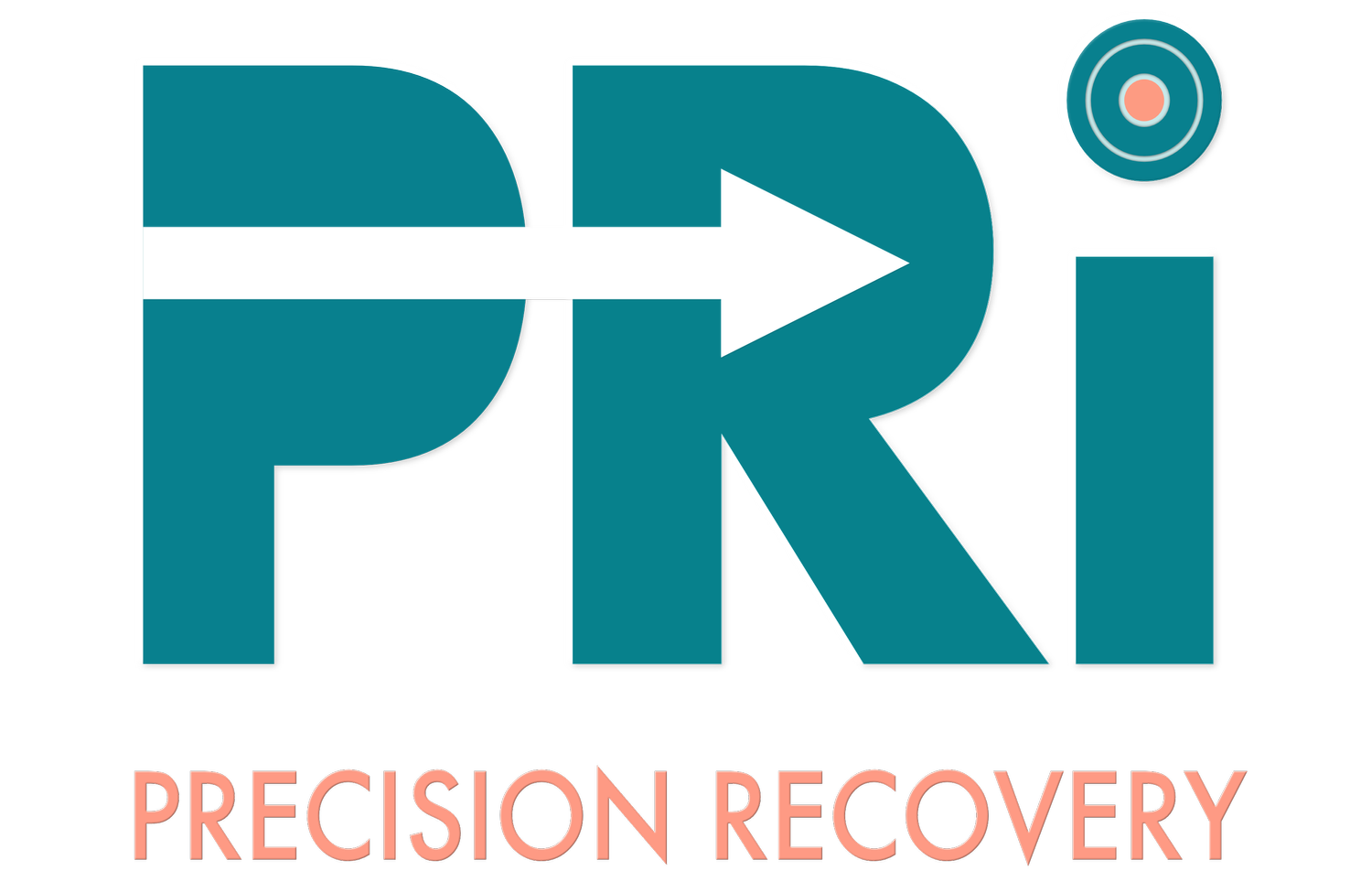What to eat after stroke
The Role of Nutrition in Stroke Recovery: What to Eat and Why
A stroke is a life-changing event that requires careful attention to many aspects of your health, including diet and nutrition. What you eat can play a significant role in your recovery journey. After a stroke, your body needs the right nutrients to heal and regain strength. Let's explore what you should eat after a stroke, focusing on diet and nutrition, and discover some useful online resources for creating delicious and healthy recipes.
The Importance of a Balanced Diet: A balanced diet is essential for everyone, but it becomes even more critical after a stroke. Your body needs a variety of nutrients to support healing, boost immunity, and improve overall well-being. Here's what to focus on:
Lean Proteins: Include sources of lean proteins like fish, poultry, lean meats, beans, and lentils. Proteins aid in muscle repair and contribute to your overall strength.
Healthy Fats: Opt for sources of healthy fats, such as avocados, nuts, seeds, and olive oil. These fats are good for your heart and brain health.
Colorful Fruits and Vegetables: Fill your plate with a rainbow of fruits and vegetables. These provide vitamins, minerals, and antioxidants that support your immune system and help with healing.
Whole Grains: Choose whole grains like brown rice, quinoa, whole wheat, and oats. They provide sustained energy and fiber that aids in digestion.
Dairy or Dairy Alternatives: Include low-fat dairy products or fortified dairy alternatives for calcium and vitamin D, which are essential for bone health.
Specific Nutrients to Focus On: Certain nutrients are particularly important after a stroke:
Omega-3 Fatty Acids: These are found in fatty fish like salmon, walnuts, and flaxseeds. Omega-3s support brain health and can help reduce the risk of future strokes.
Fiber: Fiber-rich foods like whole grains, fruits, vegetables, and legumes aid in digestion and support heart health.
Antioxidants: Berries, citrus fruits, leafy greens, and nuts are rich in antioxidants that protect your cells from damage and help with recovery.
Fluids: Staying hydrated is crucial. Drink plenty of water, herbal teas, and clear broths to maintain proper hydration.
Online Resources for Healthy Recipes: Creating nutritious and delicious meals after a stroke doesn't have to be daunting. There are numerous online resources that offer recipes tailored to your needs:
American Heart Association: The AHA provides a variety of heart-healthy recipes that align well with post-stroke nutrition. Visit their website for inspiration: heart.org/en/healthy-living/healthy-eating/recipes
EatingWell: This website offers a collection of nutritious recipes, including options for those with dietary restrictions. Explore their stroke-friendly recipes: eatingwell.com/category/4230/stroke-friendly/
Cooking Light: With a focus on balanced eating, Cooking Light offers recipes that prioritize health without compromising on taste. Discover their post-stroke recipes here: cookinglight.com/healthy-living/healthy-habits/heart-healthy-stroke-recipes
MyPlate Kitchen: The USDA's MyPlate Kitchen features recipes that follow their dietary guidelines, ensuring you get the right balance of nutrients: choosemyplate.gov/myplatekitchen
Remember, consulting with a registered dietitian or healthcare professional is essential, especially if you have specific dietary restrictions or medical conditions. They can provide personalized guidance to help you create a meal plan that supports your recovery and overall health. In the journey of post-stroke recovery, nutrition plays a vital role. By making mindful food choices and utilizing the resources available online, you can empower yourself to nourish your body and optimize your healing process.
